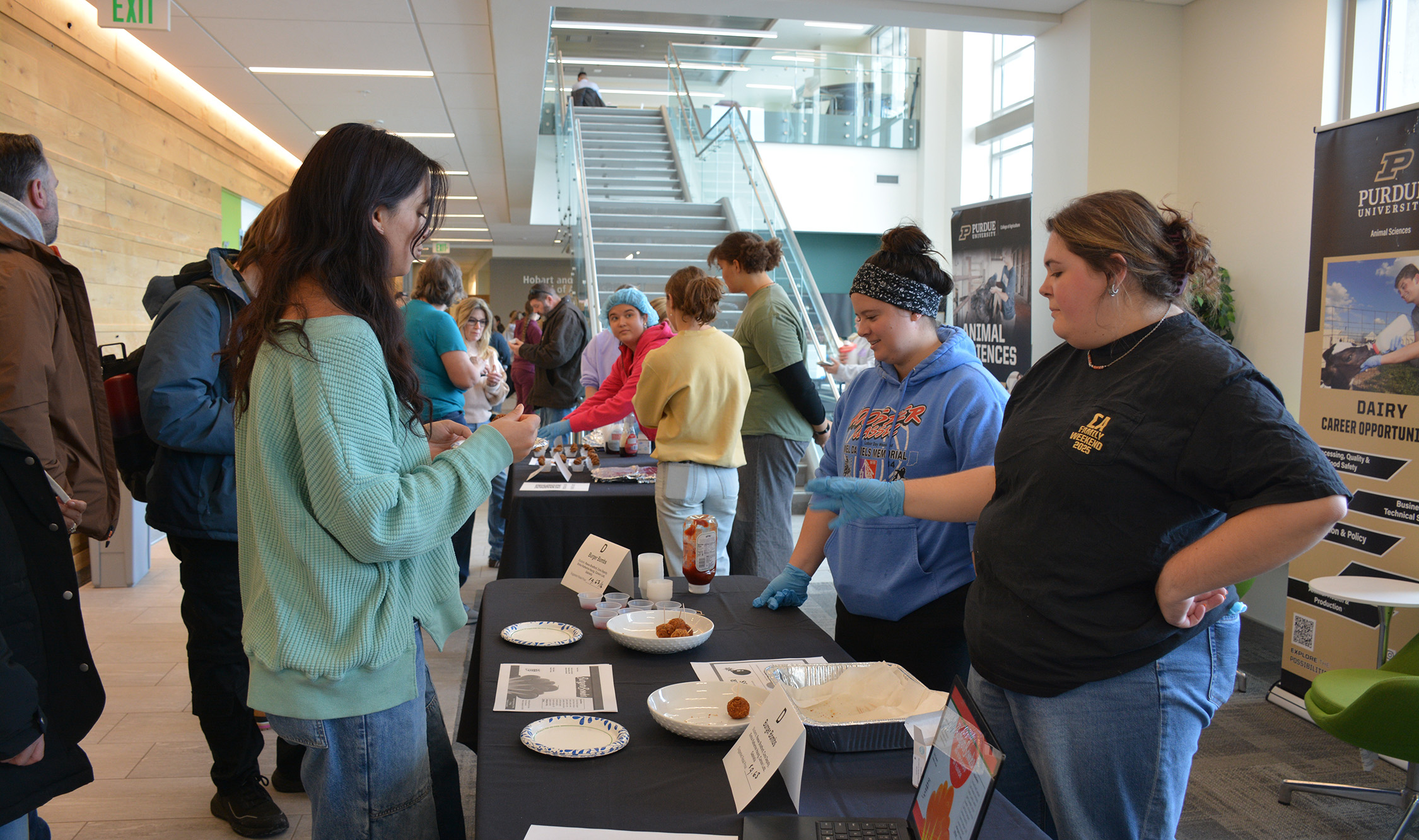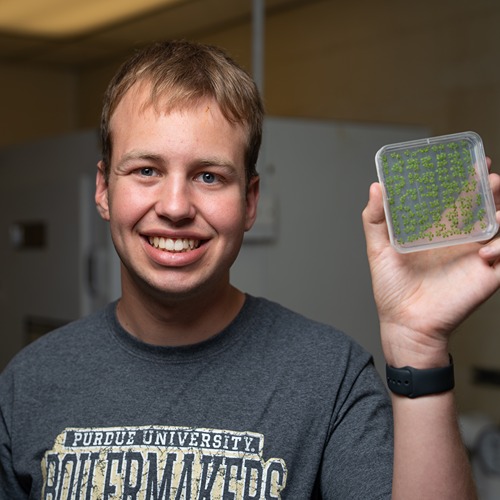Make your harvest last: Safe tips for drying apples from Purdue food scientists
Drying apples at home can be an easy, economic way to make your fall harvest last all winter. However, without the right preparation, dried apples can quickly go from a healthy, shelf-stable snack to a source of sickness lurking in your cupboard.
Many people assume that dehydrating food automatically makes it safe – a misconception that food scientists at the Purdue University College of Agriculture are trying to correct.
Researchers in Purdue’s Food Safety Human Factor Lab are wrapping up a six-year, USDA-funded project on the safety of home apple-drying practices. The latest paper, published in the British Food Journal, examines how demographics and risk perception shape food-safety behaviors.
“Home cooks have good intentions,” explained lead investigator Yaohua (Betty) Feng, associate professor of food science. “But we found that many people skip key steps that prevent bacterial contamination.”
Understanding the Research
Together with graduate researchers Fanny Gozzi and Megan Low, Feng set out to understand what resources are available to home cooks – and how people actually behave in the kitchen.
“We started with content analysis, researching the recipes and resources available on the internet,” Feng said. “Then we moved on to a nation-wide survey of nearly 1,000 U.S. consumers who dry apples at home.”
The results showed certain patterns in handling practices. Women and older adults reported safer habits like frequent handwashing, while higher-income and college-educated participants were more likely to sanitize utensils and pre-treat apples.
People who believed dried foods were inherently safe tended to skip precautions, whereas those with food-safety education followed more of the recommended steps.
“By understanding specific consumer behavior, we can develop interventions for certain audiences,” explained Feng. “This information can be used to create educational materials or develop validation data to make it safer for people to dry fruit at home.”
Why Food Safety Matters
While in the orchard, apples can be exposed to bacteria like Salmonella, Listeria, or E. coli from soil, water or animals. In the kitchen, unclean countertops, utensils or other raw food can spread contamination. These microorganisms may survive the drying process.
“Salmonella has a particularly high resistance to heat,” Feng noted. “Because most home kitchens aren’t equipped to test for contamination, you can mitigate risks by pre-washing, pre-treating or drying your apples at a higher temperature.”
Research shows that very high drying temperatures – 219 °F to 275 °F – can significantly reduce Salmonella on apples, but these temperatures are higher than what most home dehydrators can reach.
Pre-treatment can help. Previous studies show that simple pre-treatments—such as using acids, sulfites, or heated vitamin C solutions—can make dehydrated apples significantly safer by reducing harmful bacteria by five to eight logs in under two minutes.
“A lot of people might not understand the important distinction between cleaning and sanitizing,” said Feng. “Cleaning is washing with water to remove dirt and debris. When we say sanitizing, we mean heat treatments or approved chemical solutions to reduce bacteria or virus on food-contact surfaces, equipment, or utensils.”
The rules of sanitation apply to organic or conventionally grown apples, since both can harbor bacteria. One thing you can skip – soap or “produce wash”, which may leave residues. According to the FDA, rinsing with water is sufficient.
Simple Steps for Safer Apple Drying
Whether you’re drying apples in an oven, dehydrator or the sun, Purdue’s research points to a few critical steps that make home-dried apples safer and longer-lasting.
- Start with clean, unblemished fruit.
Bacteria thrive in fruit with bruises or broken skin. Choose firm, intact apples and rinse them under running water before slicing. - Wash your hands frequently.
Apples may not need soap, but your hands do. Follow CDC handwashing guidelines: Scrub with soap and water for at least 20 seconds before and during food prep. - Clean and sanitize equipment.
Your food is only as clean as the tools you use. Run knives, trays and cutting boards through a sanitize cycle in the dishwasher, or wash them with hot, soapy water followed by a diluted food-grade sanitizer. - Pre-treat apples before drying.
After slicing, dip apples in an acidic solution (like lemon juice or vinegar) or blanch them in boiling water to reduce bacteria. As a bonus, acidic treatments can help reduce browning in the final product.
“Finding trustworthy information about home drying can be challenging,” noted Gozzi. “We compiled an online library with extension resources to help anyone interested dry produce safely at home.”
Feng hopes the Purdue team’s research will help translate science into everyday kitchen habits.
“Apple drying is for people who are passionate! Not everyone has the time or energy to go through the process on a regular basis,” she said. “But if you’re going to do it, do it safely.”
Wash, sanitize and repeat. A few careful steps can turn apple slices into a healthy, safe snack that lasts all winter.





